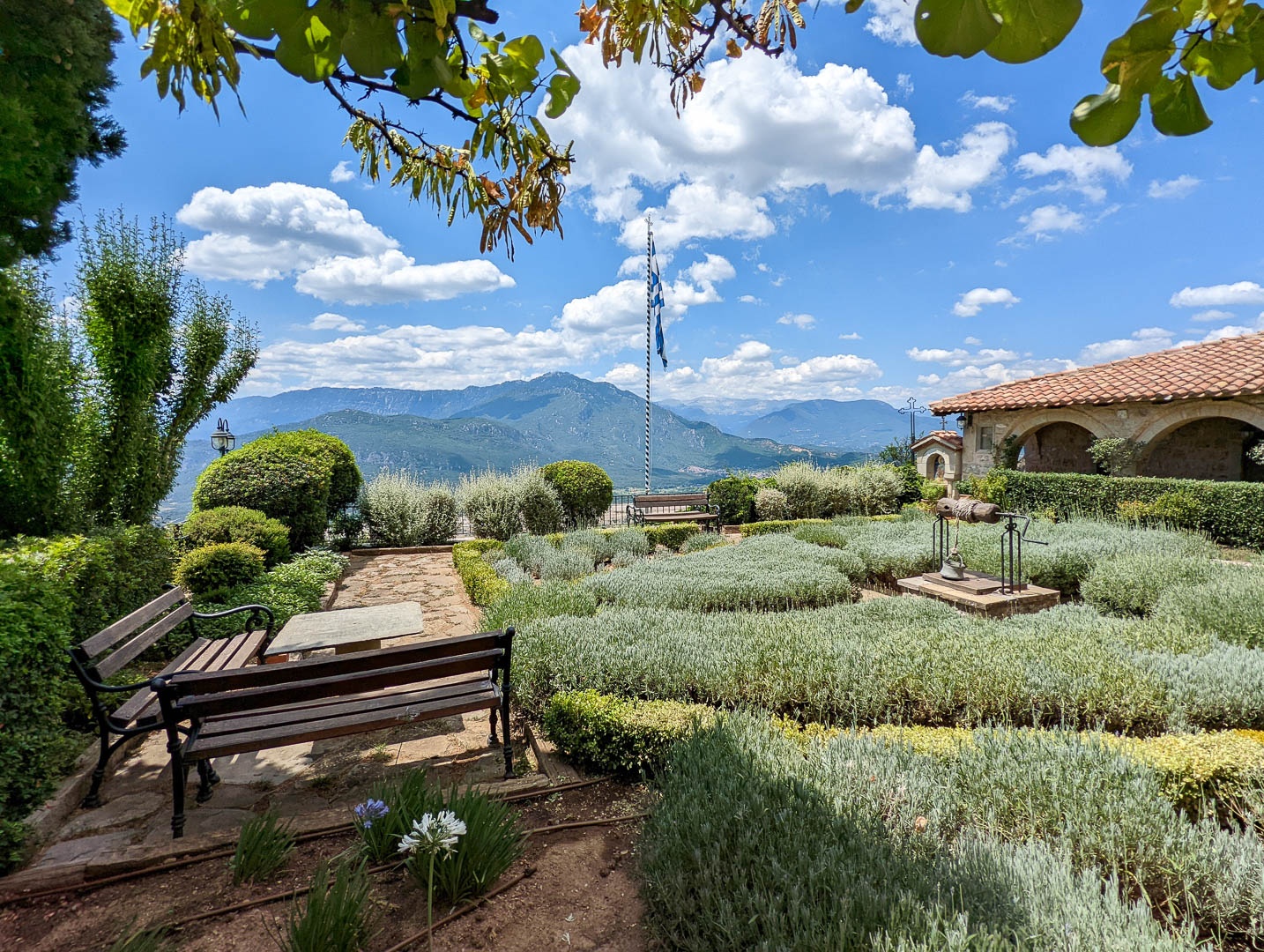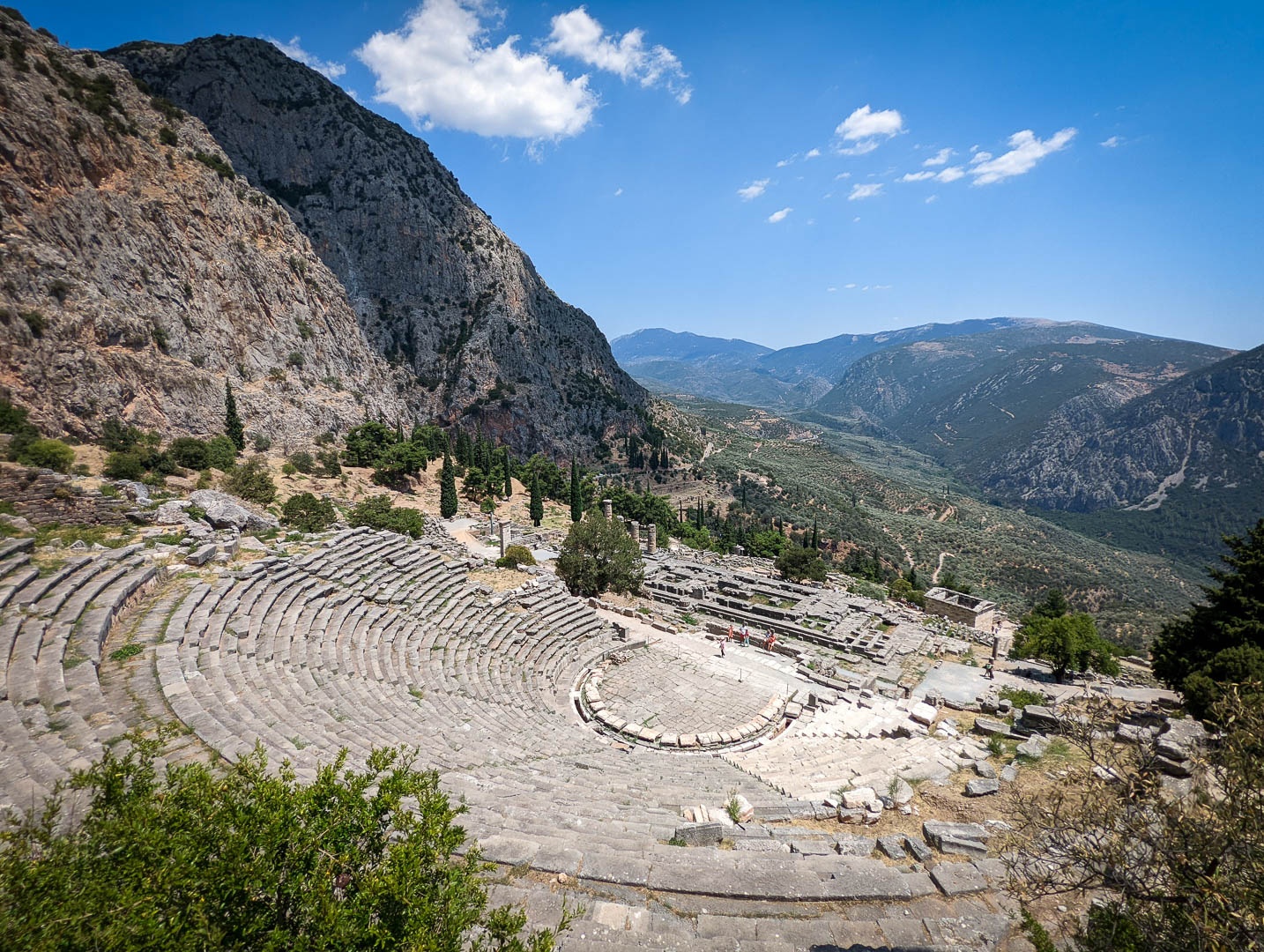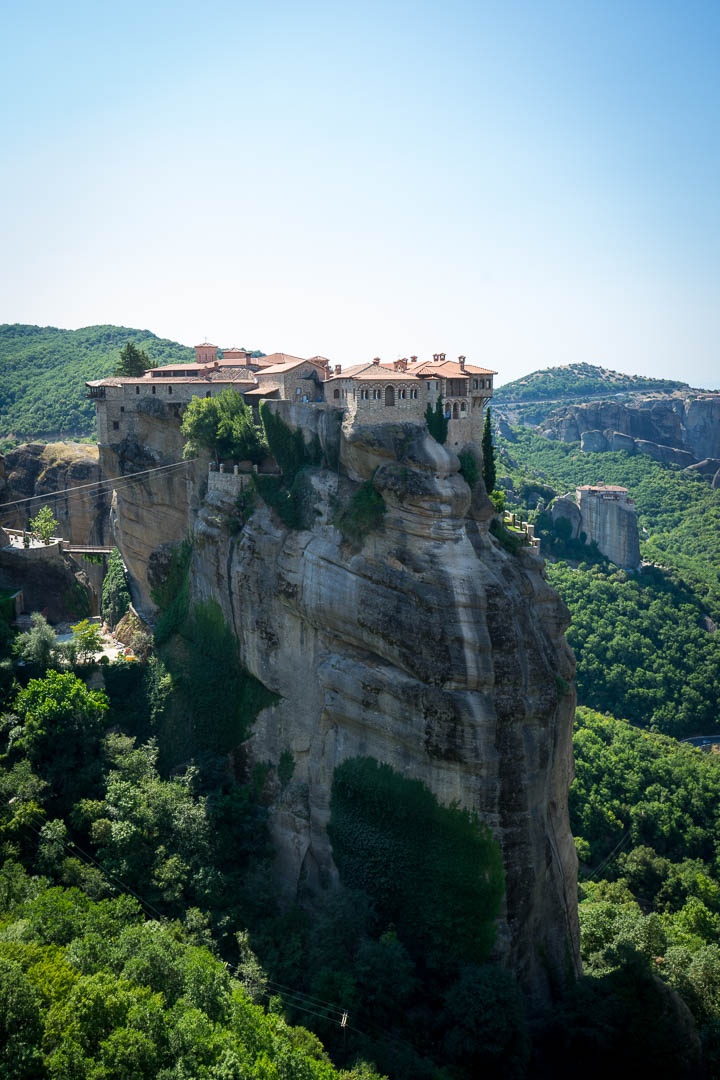When the team reached K2 base camp, they found it glum. There had been three avalanches, and all groups had turned back. No had reached the summit of K2 that year. Those who remained in base camp were stressed out and depressed.
But Nims Purja was undeterred. His grand adventure - Project Possible - required that he climb the mountain, and so that’s what he would do. First, though, he needed to break the depressed mood of the camp and convince others that it was indeed possible to reach the summit.
So he threw a party, K2-style. There was booze, music, dancing, good vibes, and letting go of fear.
Tonight we drink, tomorrow we plan! – Nims Purja
These are scenes from 14 Peaks: Nothing Is Impossible, the documentary of Nirmal Purja’s quest to climb all 14 eight-thousander peaks within in under 7 months (as compared to the previous record of over 7 years).
The documentary is great and well worth watching, and the turnaround in the base camp of K2 was one of my favorite parts. What lessons on leadership could we draw from it, I wondered?




